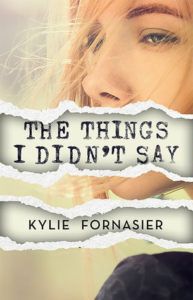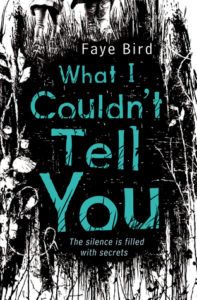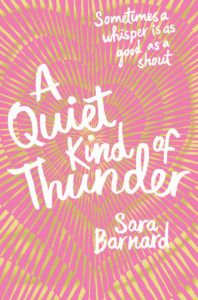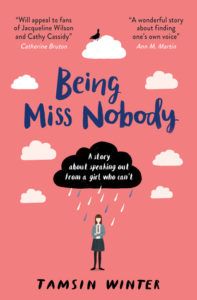My relationship with reading hasn’t always been a positive one, especially as a child with selective mutism. I would never read aloud in class, or to anyone for that matter, which meant that teachers couldn’t assess my reading ability and I was forced to read age-appropriate books despite being an advanced reader. When I finally discovered the joy in reading books, I started to ‘steal’ them simply because I couldn’t tell the librarian what my name was.
October Is Selective Mutism Awareness Month
If you’ve never heard of selective mutism, you’re probably not the only one. And if you only know about it from reading a book, the chances are that you read a book about a character whose mutism was triggered by a traumatic incident of their past. Very rarely do books discuss the matter of selective mutism as a severe social anxiety disorder, which is highly unsurprising considering that it still remains relatively unknown in real life. I’m glad books are beginning to change that. Not only do they encourage dialogues surrounding a condition that affects around one in 140 children in the UK, but they also tackle many of the misconceptions surrounding it.
Challenging Misconceptions Through YA Fiction
The first time I came across a book about selective mutism, I couldn’t believe that someone had literally written a book about my life. In the synopsis of The Things I Didn’t Say, Kylie Fornasier tackles the common assumption that individuals with selective mutism choose not to speak. Selective, however, doesn’t refer to making a choice. Instead, it refers to the selective situations where an individual cannot speak, not because they don’t want to but because the words don’t come out when they try, even though they know exactly what they want to say. Sounds complicated right? Imagine trying to explain that to someone when you can’t speak. Selective might also refer to the situations where an individual can speak, which are sometimes called ‘safe spaces’ like in Faye Bird’s What I Couldn’t Tell You. It’s frustrating as an individual with selective mutism to have no control over where you can talk and who you can talk to, and it can be equally frustrating for friends and family members who can’t understand why this happens, especially when you can’t provide them with an answer. For a long time, home was my only safe space, but it was also my family. Because I couldn’t talk around strangers if they were in my house. No matter where I was, I couldn’t talk to any of my friends or my teachers or health professionals even when I needed to. But school was always the hardest battle and a constant promise of this-is-the-year-I’m-going-to-speak. Selective mutism at school can be a very isolating experience, because it’s not easy to make friends when you can’t speak and, without a diagnosis, it’s really easy to feel like it’s all your fault. Even though Steffi in Sara Barnard’s A Quiet Kind Of Thunder and Rosalind in Tamsin Winter’s Being Miss Nobody both receive treatment in the form of therapy to help with their anxiety, each individual experience is different and there’s no easy road to overcoming the disorder, with some individuals living with selective mutism long into adult life. I was 14 when I discovered selective mutism even existed. Despite the fact that I had no trouble speaking at home but navigated most of my academic life as ‘the girl who doesn’t speak,’ I was never diagnosed with selective mutism so I never got the treatment that I needed. The closest I came to therapy was seeing the school counsellor (not by choice) every so often in high school, but she never said the words ‘selective mutism’ or ‘anxiety’ to me. I didn’t know these were specific things that myself and many others were battling with on a daily basis; I like to think she didn’t either. To date, I’ve never met a single person in real life who was or is selectively mute. But reading some of these books – even years after overcoming the disorder – I suddenly felt seen and heard, like I had gained a friend in the characters of these novels, who always spoke to me without ever really speaking. I wish I had these books about social anxiety back then, but I’m even more grateful to have them now. Because I’ve found my voice and I want to use it to help push these books into the hands of all the kids who need them the most so they never have to steal them. Though we still have a long way to go when it comes to books that are fully representative of children (and adults) with selective mutism, I’m hopeful that we’re heading in the right direction. For all the quiet kids, this one’s for you. You can be the heroes too.



